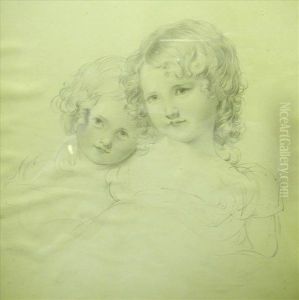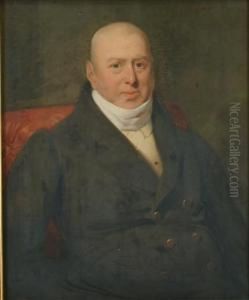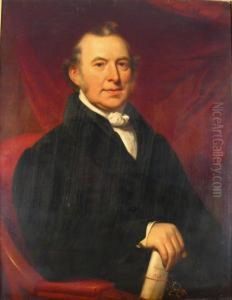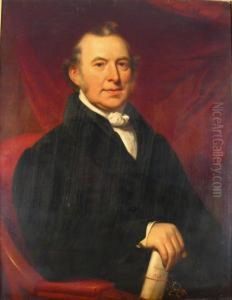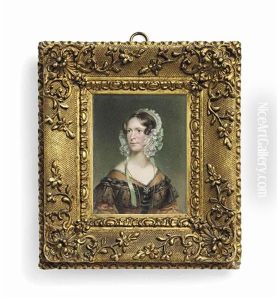Room, Henry Paintings
Henry Room was a British portrait painter who was active during the first half of the 19th century. Born in 1802, Room developed a skill for capturing the likenesses and characters of his subjects, which made him a sought-after portraitist in his time.
Room's career as an artist is not as well-documented as some of his contemporaries, and as such, he remains a relatively obscure figure in the history of British art. Despite this, some records of his work and exhibitions do exist. He is known to have exhibited at the Royal Academy in London, a prestigious venue for artists of the period. Exhibiting at the Royal Academy was a significant accomplishment and provided artists with a platform to gain recognition and attract commissions.
During his career, Room would have likely encountered the profound changes occurring in the art world, including the shifts in patronage and the evolving tastes of the British art-buying public. The 19th century was a dynamic time for British art, with the rise of new movements such as Romanticism, which emphasized emotion and individualism, a contrast to the classical canons of the 18th century.
Henry Room's work primarily consisted of portraits, and he might have painted notable figures of his time, contributing to the visual record of 19th-century British society. Unfortunately, there is limited information on his personal life, training, and the full scope of his oeuvre.
Room's death occurred in 1850, and while his name might not be as renowned as some of his peers, his contributions to the field of portraiture provided a valuable service to his clients and added to the cultural tapestry of his era. The relative obscurity of artists like Henry Room in the grand narrative of art history is a reminder of the countless working artists whose lives and works have only been partially recorded, leaving much to be discovered by art historians and enthusiasts.

